|
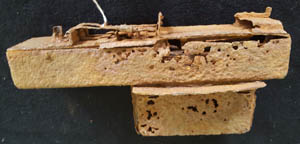
Click on the pictures to
enlarge
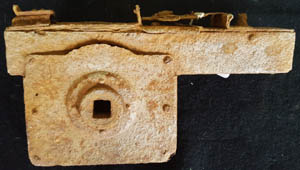 |
German MG 34/42
ammo loader Normandy. (pg1 SAS )
Here we
have an ammo loader for the MG 34/42 recovered from
Normandy. The most advance MG of its time with an extremely
rapid fire it caused carnage among the Allied troops in
Normandy.
Available
in Misc page
link here |
|
Click on pictures to enlarge


 |
Browning... (Deactivated and ordnance pg1)
Click on
pictures to enlarge


Reserved.
contact me
|
|
Click on pictures to enlarge
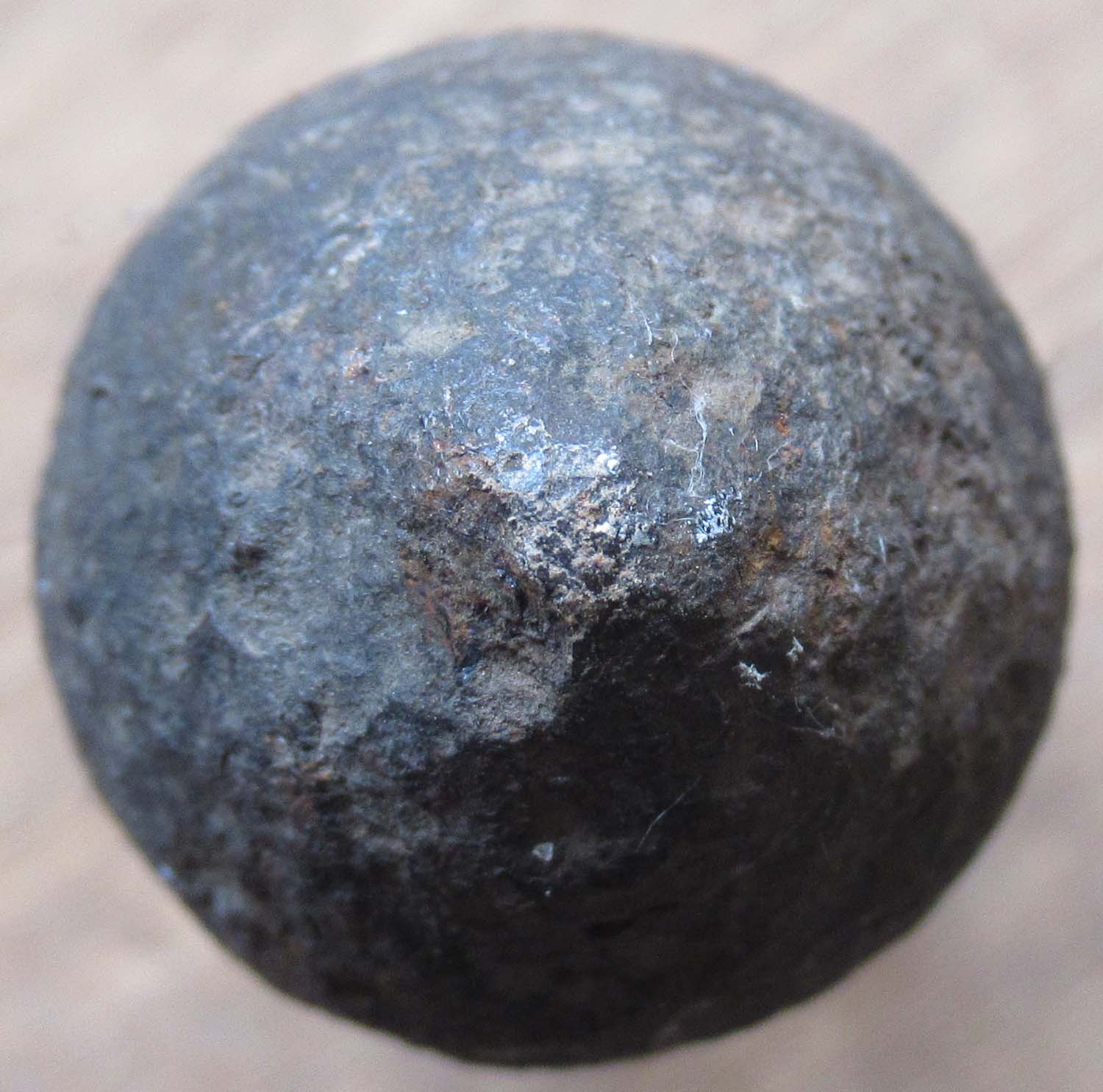
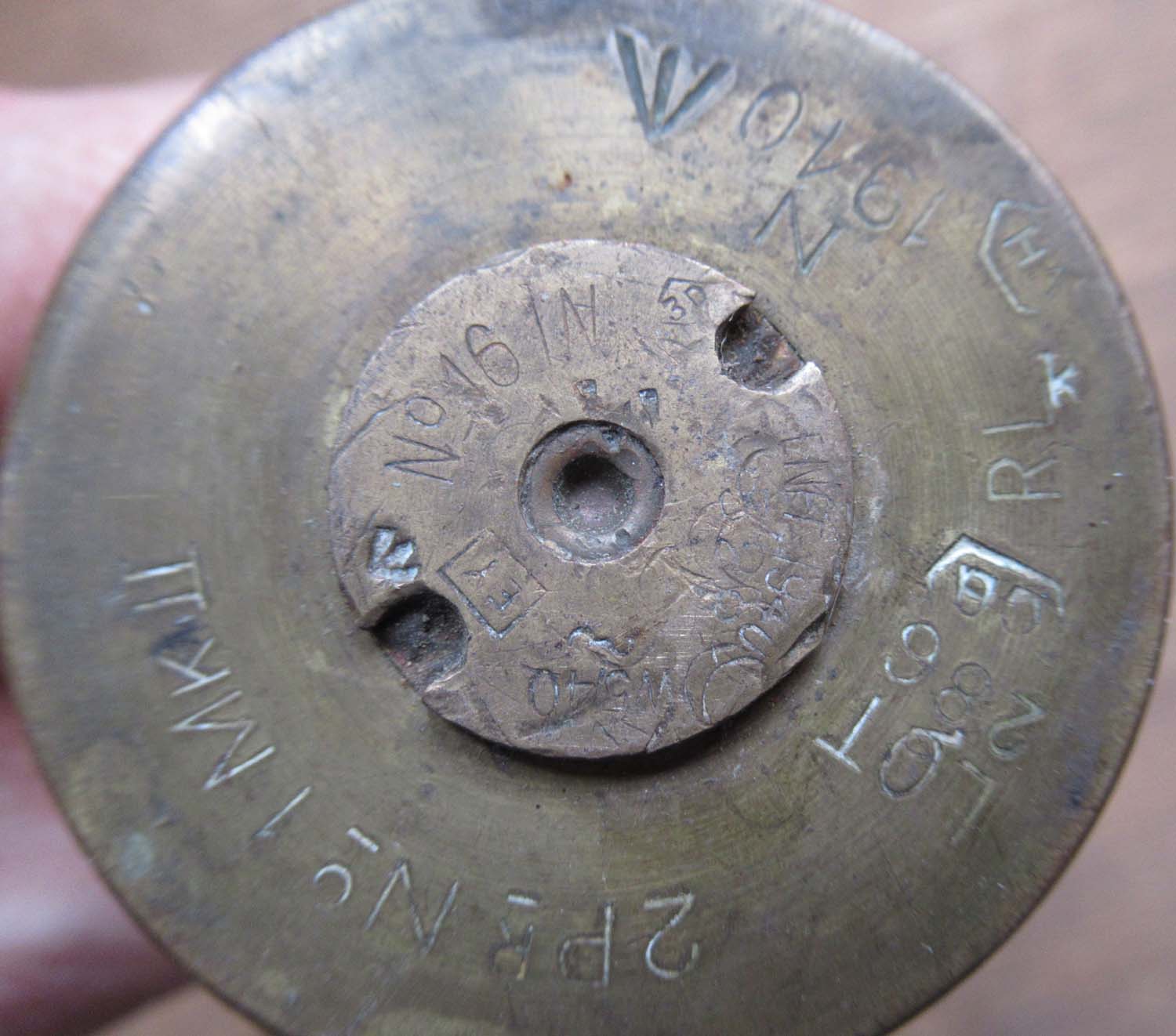 |
1940 British 2lb Shell (Deactivated and ordnance pg1)
Dated 1940
Click on
pictures to enlarge
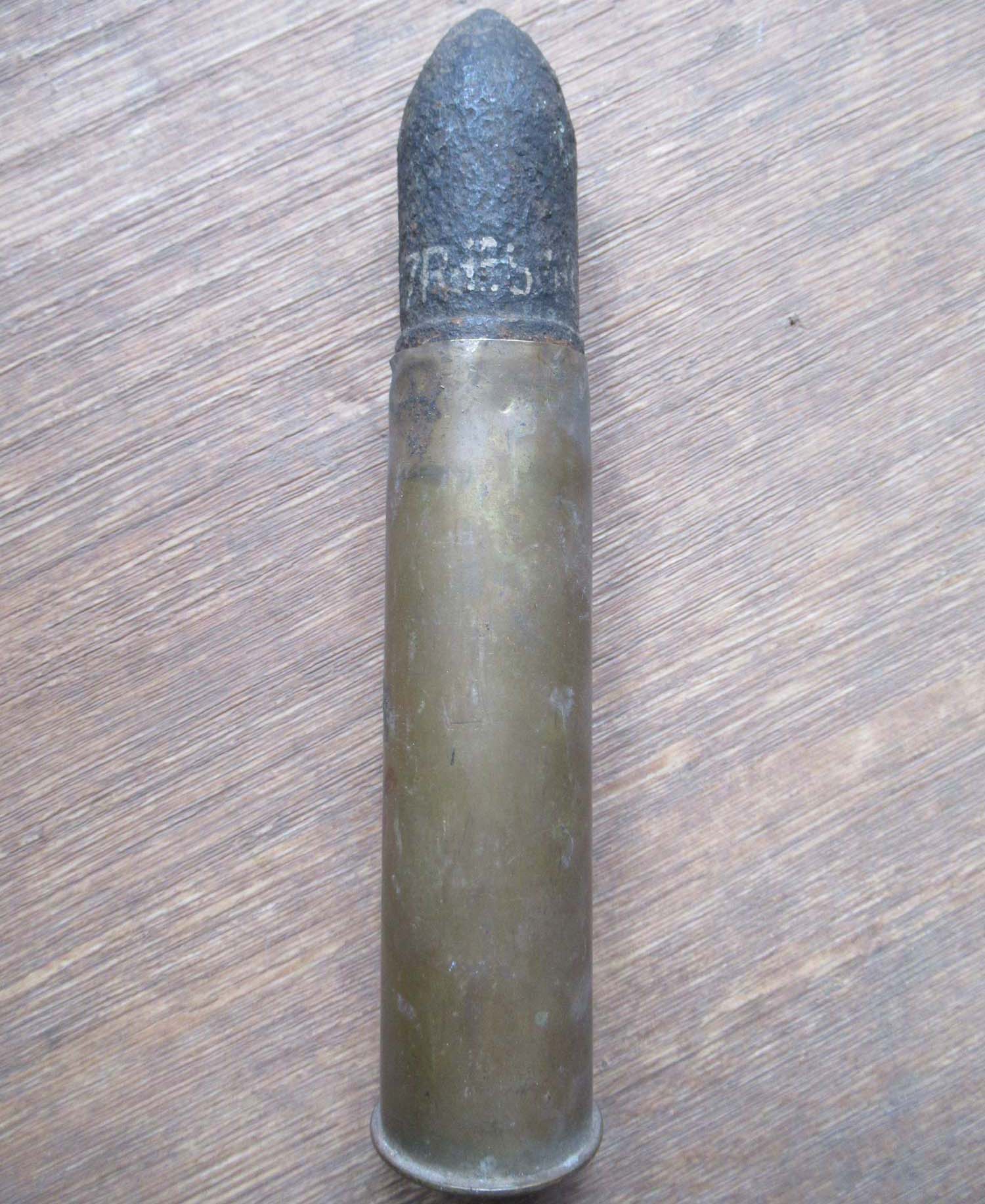
£85
contact me
|
|
Click on the
pictures to enlarge them

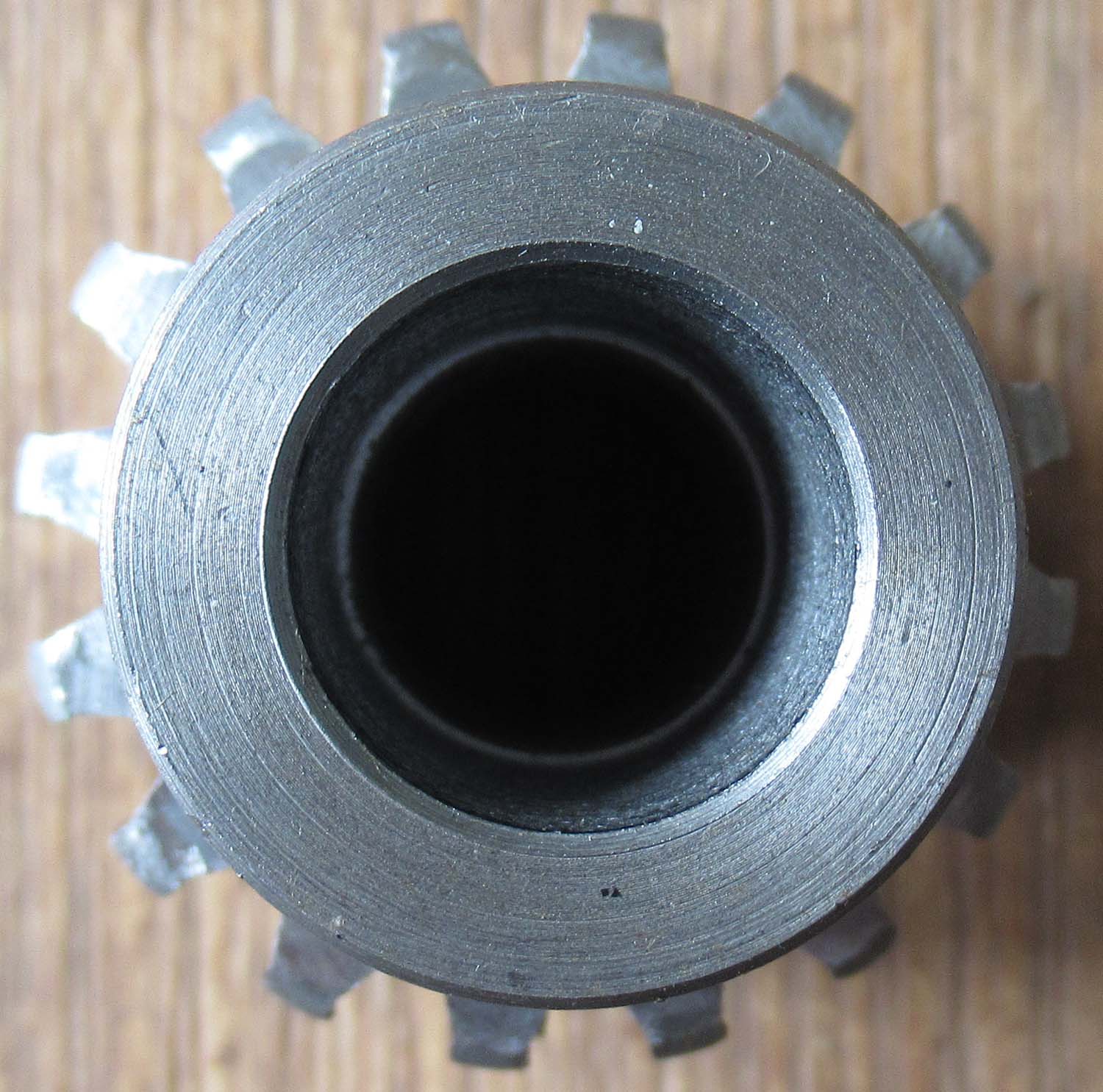
|
Reproduction.303 muzzle (pg2 arm)
Here we have a reproduction
.303 Browning muzzel. This was extremely difficult to make.
They have the correct
threads and will fit the standard browning .303 MG and also
take the flash eliminator.
These are for
deactivated weapons only and cannot be used in live firing
guns.
Click on the
pictures to enlarge them

Available
in Armaments
link here
|
|
Click on the
pictures to enlarge them.


Shown above
the Palmer hydraulic unit
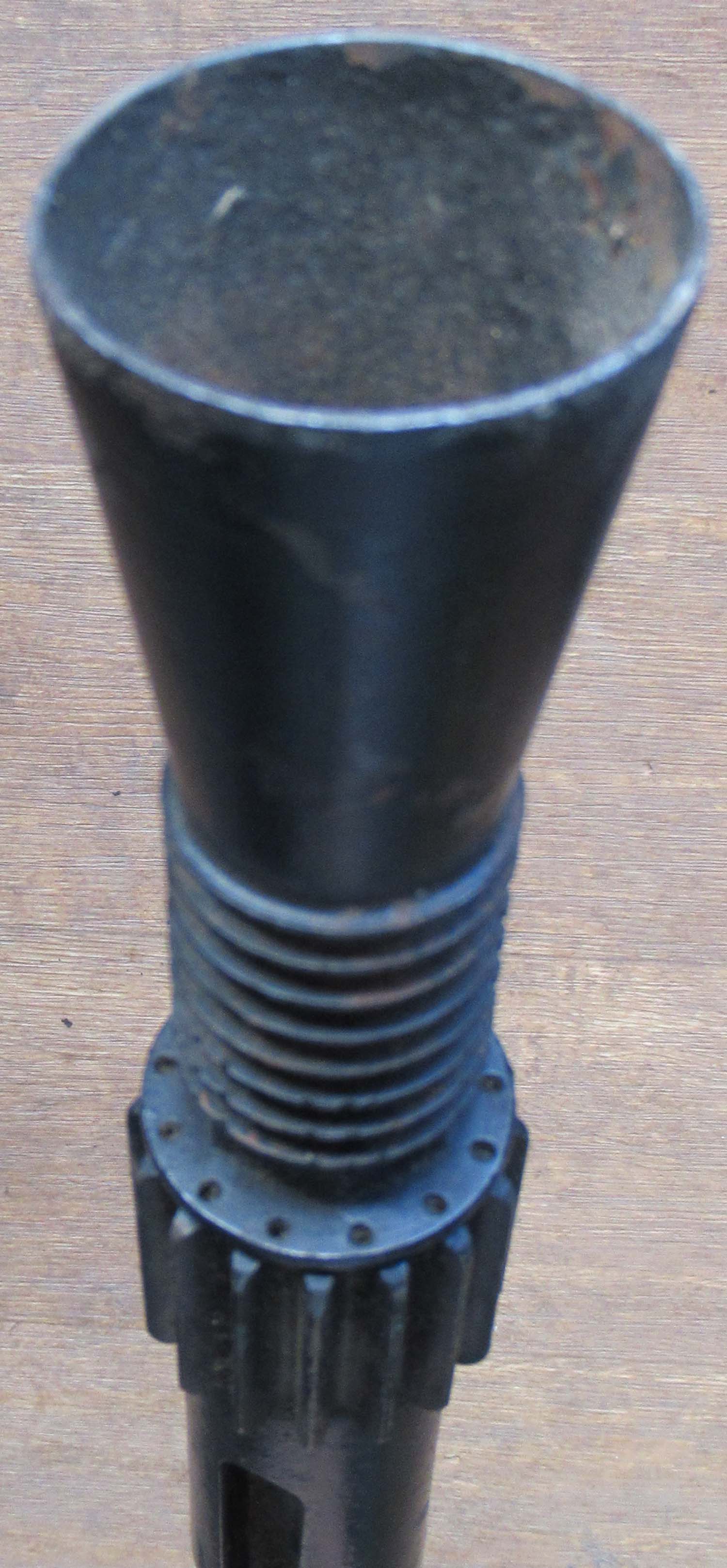 |
1941 Browning
303 Turret Machine gun (Deactivated and ordnance pg1)
Here is an
completely original Browning .303 machine gun as used by
Spitfires, Hurricanes and practically all RAF and
commonwealth Wartime combat aircraft. This particular one is
for a turret having a Palmer hydraulic unit the flash
eliminator as well as the muzzle attachment are completely
original and consistent with a turret MG. These MGs are
incredibly rare and as the main armament of the Wartime RAF
a significant part Wartime aviation History.
It is of
course deactivated with a UK certificate.
The number
would give it a date of
October-November
1941 and
the BS prefix indicates that it was made by Standard
Motors.
The muzzle
attachment were used by the model makers of the
original star wars film as part of the light sabre and
originals are highly sought after.


Click on the
pictures to enlarge them.



The prefix BS
indicates that it was made by Standard Motors under the
'Shadow Scheme'.
Price
£2500
contact me
|
|
Click on the
pictures to enlarge them.


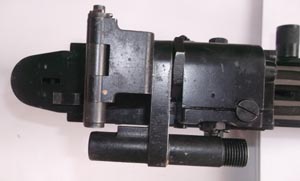
Seen above
and below this is the Hydraulic interrupter gear to allow
the gun to fire through the prop.
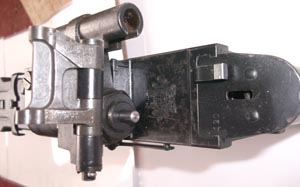
Above you can
just make out the Portugal crest.
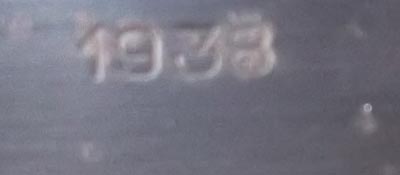
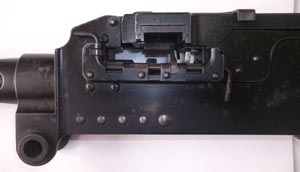
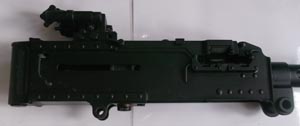 |
Browning FN
Model 1932 (Deactivated and ordnance pg1)
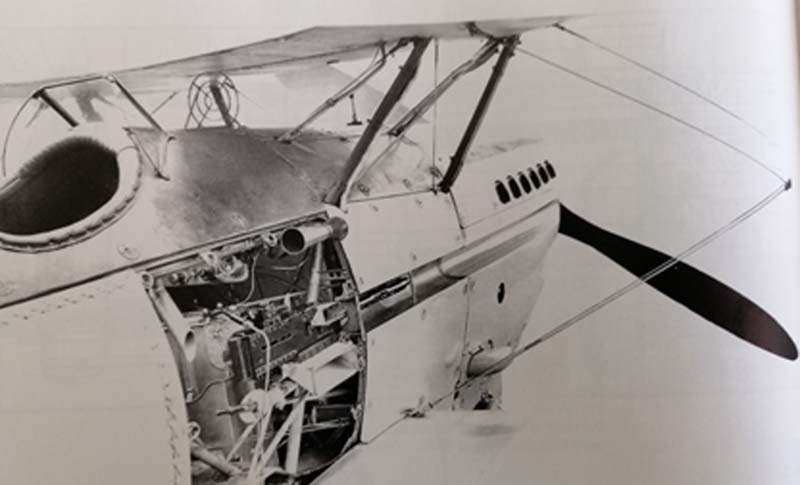 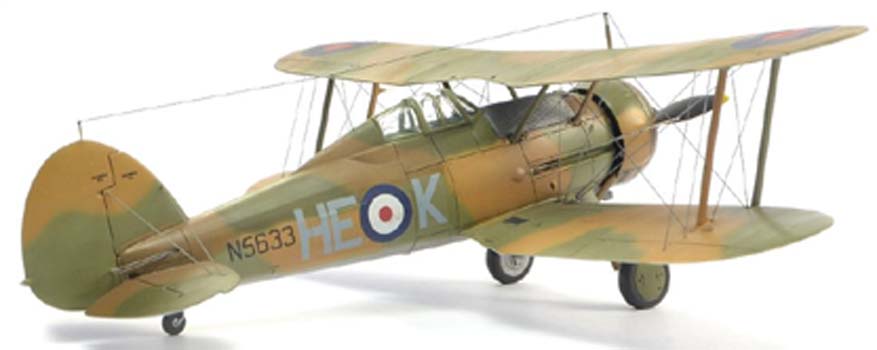
Seen
fitted above left in situ in a Hawker Hind the FN MG with
Hydraulic interrupter gear fixed gun aircraft version.
Above right the Gloster Gladiator MK II. You can clearly see
the same design for mounting the guns on the Gladiator.
This is a Belgium made
Browning FN Model 1932 fully deactivated to UK standards it
is complete and in good original condition.
This is a very rare peace
with few surviving examples. This model is fitted with
Hydraulic interrupter gear allowing it to fire through the
arc of the propeller from the cowling.
The FN guns were
reproduced in several type's, two basic models for the
turret or flexible firing guns and the fixed type capot
meaning hood or fuselage.
The fixed model being
fired by the Pilot. These came in two types either with
mechanical or hydraulic interrupter gear this gun is the
hydraulic type.
The gun for sale the 1932 model was
produced in 1938 for Portugal.
In 1938 Portugal started
using the Gloster Gladiator MK II so its most likely this
gun was fitted to their Gladiators.
In 1938 Portugal purchased
65 "Pilot Guns" Guns , They also purchased 30 MK II
Gladiators . This would work out as two guns per aircraft
with five spares.
They also purchased 115
Wing Guns in 1938 but these would not require interrupter
gear.

Click on the
pictures to enlarge them.


Price
£1800
contact me
Reserved
|

Click on the
pictures to enlarge
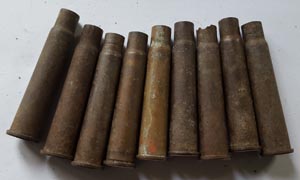
|
Wartime dated .303 shell cases(pg1 Arm)
Finally we have now managed
to source some .303 wartime dated shell cases. These have
been difficult to find as its now a disused calibre. We have
dates from 1940 and if you want a specific date please ask
otherwise we will send a selection as they come to hand.
They will arrive in their original used condition and have
not been cleaned. All cases are fired and inert.
£25 for ten
contact me
|

Click on the
pictures to enlarge
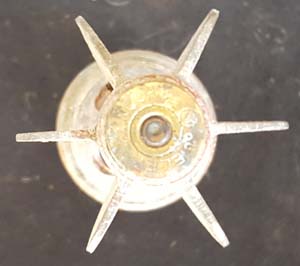
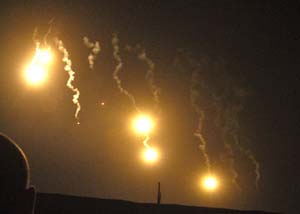 |
British 2 inch mortar parachute flare (pg1
SAS) Here
is an inert fired wartime parachute flare in nice original
condition.
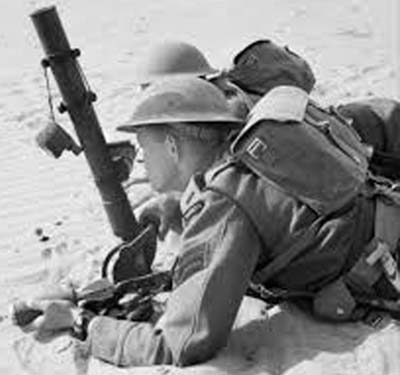
Shown above British
troops with a 2" Mortar
£120
contact me
|

Click on the
pictures to enlarge
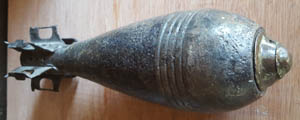
£375
contact me
|
Japanese 81mm Type 100 Mortar (pg1 SAS)
Here is a 80mm Mortar from my
research it appears to be a Japanese 81mm mortar. Shown
under the Japanese 81mm Mortar the fins and body appear
identical to the one i have shown left.
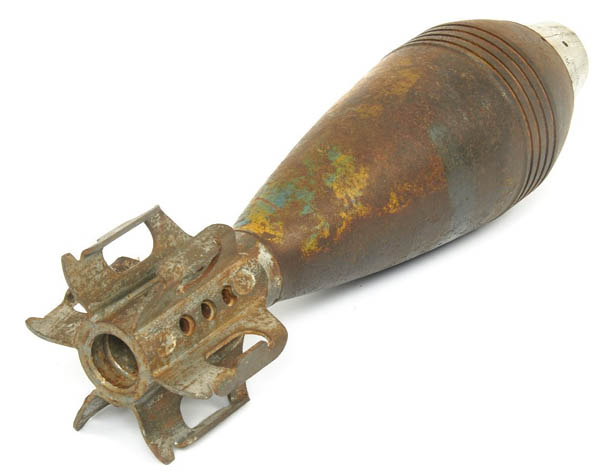
|

Click on the
pictures to enlarge
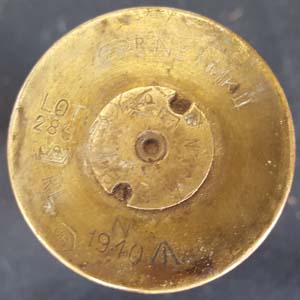 |
British 2Lb Shell casing dated 1940 (pg1 SAS)
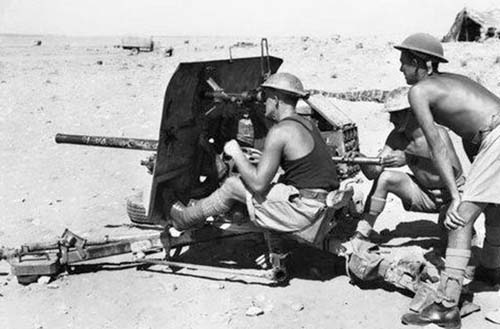
Shown above a 2Lb anti
tank gun.
£35
contact me
|

Click on the
pictures to enlarge
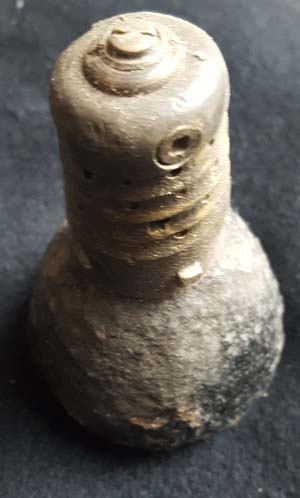
|
Battle of the Somme French shrapnel shell (pg3 arm)
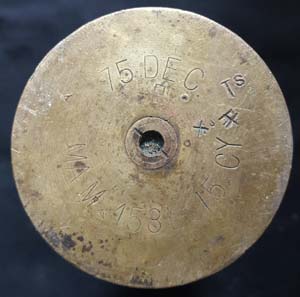
Click on the
pictures to enlarge
This shell was recovered
from the Somme battle field , its a French shrapnel shell.
The top of the shell has broken off but it still sits
exactly in place for display.
Measures 64 cm long.
£195
contact me
|
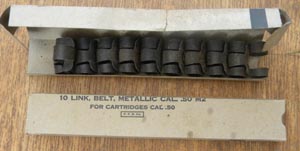 |
Original 50 cal links (pg3 arm) Here
we have new old stock 50 calibre links in their original
box.10 links in each box. If you require more than one box
postage will be combined.
£25 per
box
contact me
|
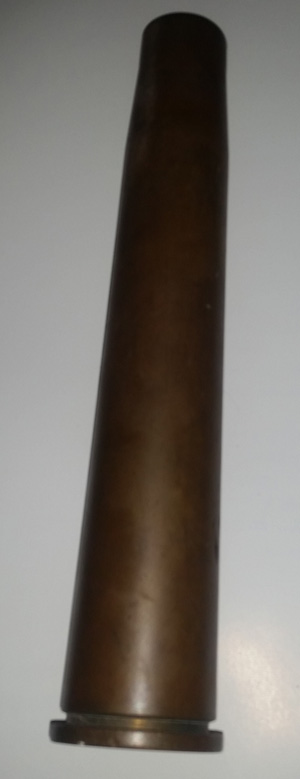
click on the
pictures to enlarge
|
40mm Cannon Shell (pg1 SAS)
Here we have a 40mm Cannon
Shell
This is Dated 1942
The 40mm Cannon was used in Different Applications During
the War
The Bofors
40 mm gun,
often referred to simply as the Bofors
gun is
an anti-aircraft/multi-purpose auto
cannon designed
in the 1930s by the Swedish arms
manufacturer
AB Bofors.
It was one of the most popular medium-weight anti-aircraft
systems during World
War II,
used by most of the western Allies as
well as by the Axis
powers.
The Vickers Class "S" 40 mm (1.57 in) gun was
developed in the late 1930s as an aircraft weapon. The ammunition was
based on the 40x158R cartridge case of the naval 2
pdr Anti-aircraft gun (the "Pom-pom").
The weapon was a long-recoil design
derived from the 37
mm 1½pdr "COW gun" from Coventry
Ordnance Works.
The gun was originally intended as a bomber defensive
weapon and was tested as such in a turret fitted
to a modified Vickers
Wellington II.
This was not adopted for service, but when the need to
attack tanks from the air was identified, the "S" gun was
chosen and special armour-piercing ammunition
developed.
This Type
of Gun was Used on the Hawker Hurricane Mk. IID also known
as the "Tank Buster"
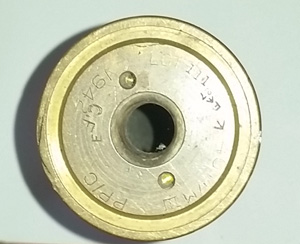
£35
contact me
|
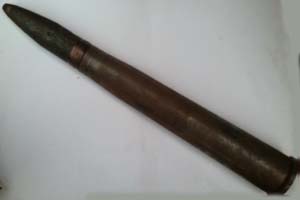
click on the
pictures to enlarge 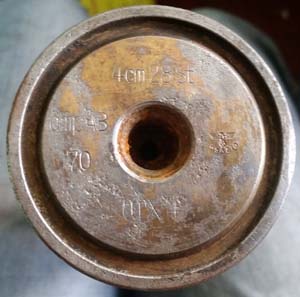
£175
contact me
|
German 40mm
Shell (pg1 SAS)
Here we have a German Made 40mm Cannon
Shell That was Recovered from the Ardennes. It was Made for Use in Captured English and French Bofors
GunsThis is Marked
4cm28st
ampAB
70
arx41
It has the Nazi Reichsadler
Stamped Clearly with waA270
The Bofors
40 mm gun,
often referred to simply as the Bofors
gun is
an anti-aircraft/multi-purpose auto
cannon designed
in the 1930s by the Swedish arms
manufacturer
AB Bofors.
It was one of the most popular medium-weight anti-aircraft
systems during World
War II,
used by most of the western Allies as
well as by the Axis
powers.
The
Wehrmacht used a number of Bofors guns which had been
captured in Poland and France. The Kriegsmarine also
operated some guns obtained from Norway.
In
German naval use, the gun was designated the "4 cm Flak 28",
and was used aboard the cruisers "Admiral Hipper" and "Prinz
Eugen" toward the end of the war. Beginning in 1942, several
E-boats were equipped with the Flak 28 to enable them to
fight against British MGBs and MTBs on equal terms.
German 4cm Flak
28
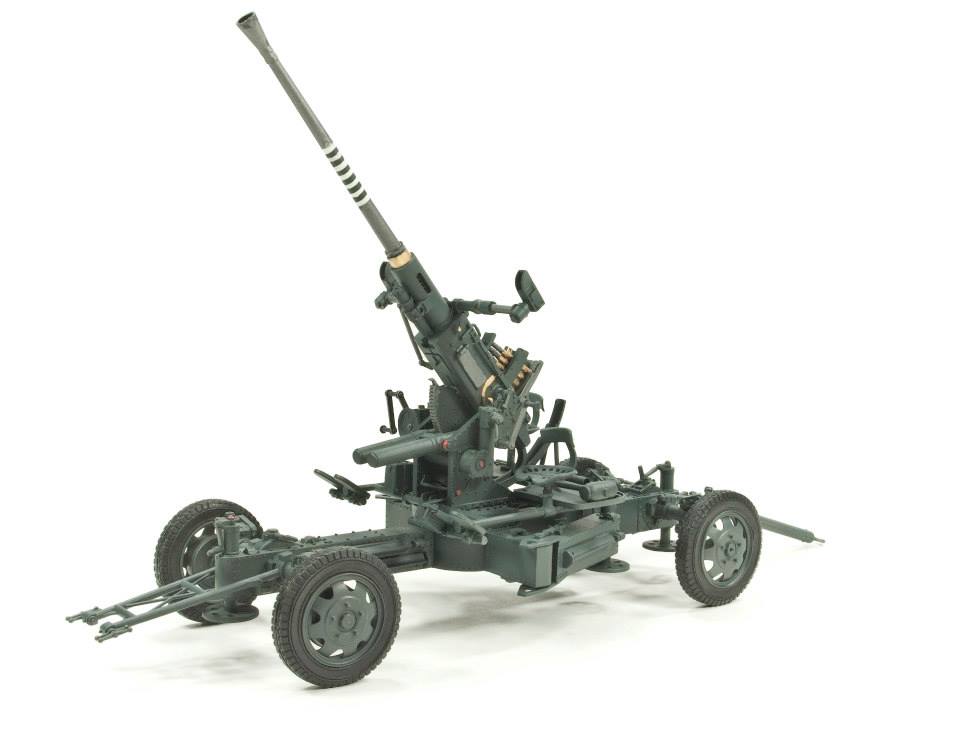
|
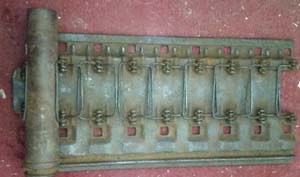
click on the
pictures to enlarge 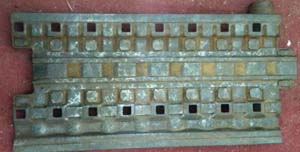
£275
contact me
|
German 37mm Flak
18 Shell with Clip (pg1 SAS)
Here we have a German 37mm
Flak 18 Shell
It also comes with an
Original Storage Clip
The 3.7
cm Flak 18/36/37 was a series of anti-aircraft cannon
produced by Nazi Germany that saw widespread service in the
Second World War. The cannon was fully automatic and
effective against aircraft flying at altitudes up to 4,200
m. The cannon was produced in both towed and self-propelled
versions. Having a flexible doctrine, the Germans used their
anti-aircraft pieces in ground support roles as well; 37 mm
caliber guns were no exception to that. With Germany's
defeat, production ceased and, overall, 37 mm caliber
anti-aircraft cannon fell into gradual disuse, being
replaced by the Bofors 40 mm gun and later, by 35-mm
anti-aircraft pieces produced in Switzerland.
Flak 18 AA
Cannon
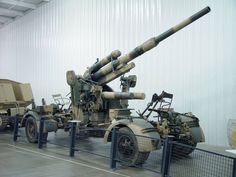
The original 37 mm gun was developed by
Rheinmetall in 1935 as the 3.7 cm Flak 18. It had a barrel
length of 57 calibers which allowed 4,800 m (15,700 ft)
effective ceiling. The armour penetration was considerable
when using dedicated ammunition, at 100 m distance it could
penetrate 36 mm of a 60°-sloped armour, and at 800 m
distance correspondingly 24 mm. It used a mechanical bolt
for automatic fire, featuring a practical rate of fire of
about 80 rounds per minute .
The Flak 18 was only produced in small
numbers, and production had already ended in 1936.
Development continued, focusing on replacement of the
existing cumbersome dual-axle mount with a lighter
single-axle one.The gun's ballistic characteristics were not
changed, although the practical rate of fire was raised to
120 rpm
|

click on the
pictures to enlarge
|
US 60mm
Illumination Parachute Mortar (pg1 SAS)
Here we have a 60mm
Illumination Round as Used by the United States Army
It was Used in the M2 Mortar
as a Pyrotechnic Parachute Flare used in night Missions
Requiring Illumination for assistance in Observation
£175
contact me
|

Click on the pictures to
enlarge
|
18Lb Shell
recovered from the Somme
(pg1 SAS ) Here we have shell
recovered from the Somme Battlefield it is dated 1916.
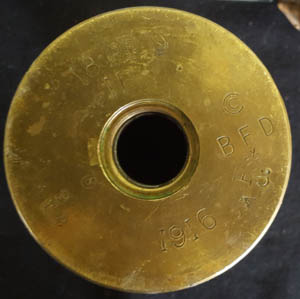
Click on the pictures
to enlarge
Seen under an 18 Lb Gun with its gun
crew .
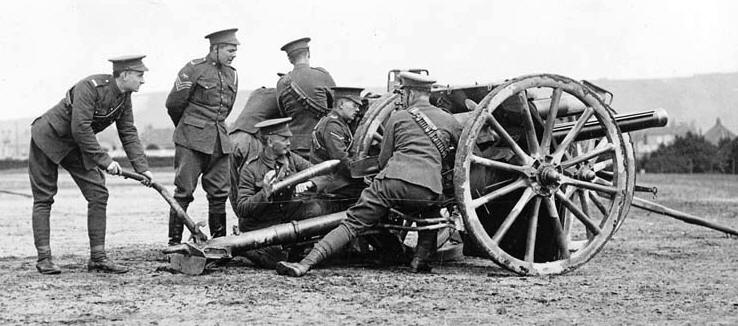
The Quick Firing
(QF) 18 Pounder was the principle Field Gun of the British
Army in World War One. The gun saw service in every theatre
of the Great War. Its calibre of 84mm and shell weight made
it more brutal and destructive than the French 75mm and
German 77mm. Its ammunition had the shell combined with the
cartridge thus giving it the description of ‘quick firing’.
The gun and
its ammunition limber were towed by a team of six light
draught horses. A driver was allocated to each two horse
team and rode the left horse of each pair. The two wheeled
ammunition limber was hooked up to the horses and the trail
of the gun was hooked to the limber. Further to this, each
gun had two additional ammunition limbers towed by their own
team.
The Somme
Fought
between July and November 1916, the Battle of the Somme was
one of the defining events of the First World War. The
Somme offensive was planned as the major Allied effort on
the Western Front for 1916, but the start of a desperate
battle between French and German forces at Verdun meant that
the British Army assumed the main role. After an intense,
week-long artillery bombardment of German positions, the
infantry began their advance at 7.30am on the clear
midsummer’s morning of 1 July 1916. While there were some
gains to the south, in the north the attacking troops
struggled to overcome formidable defences, many of which had
survived the artillery barrage. By the end of the first day,
some 57,000 Commonwealth and 2,000 French soldiers had
become casualties – more than 19,000 of whom had been
killed.The offensive continued over the following months,
and men from every part of Britain and across the Empire
took part. Both sides committed huge quantities of manpower
and munitions to the struggle.When
the offensive was halted in November, more than 1,000,000
Commonwealth, French and German soldiers had been wounded,
captured, or killed
Out of
Stock
|

Click on the pictures to
enlarge
|
French 47 mm Char B1 Dunkirk Tank shell
(pg1 SAS )
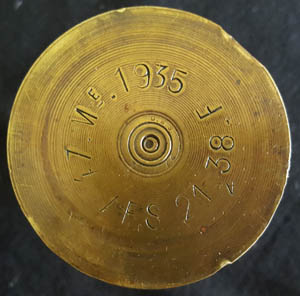
Click on the pictures to
enlarge
Here is a complete 47mm
SA35 shell dated 1938 used by the Char B1 tank and the Somua
tank found at Dunkirk used in the first tank Battles on the
Western front after the German invasion of France and the
Allied retreat to the Dunkirk pocket in 1940.
A rare shell from one
of the defining moments of the start of WWII. It will be
supplied with a laminated card listing the details of the
shell and a picture of the tank that fired it.
Seen under a captured
B1 Char tank.
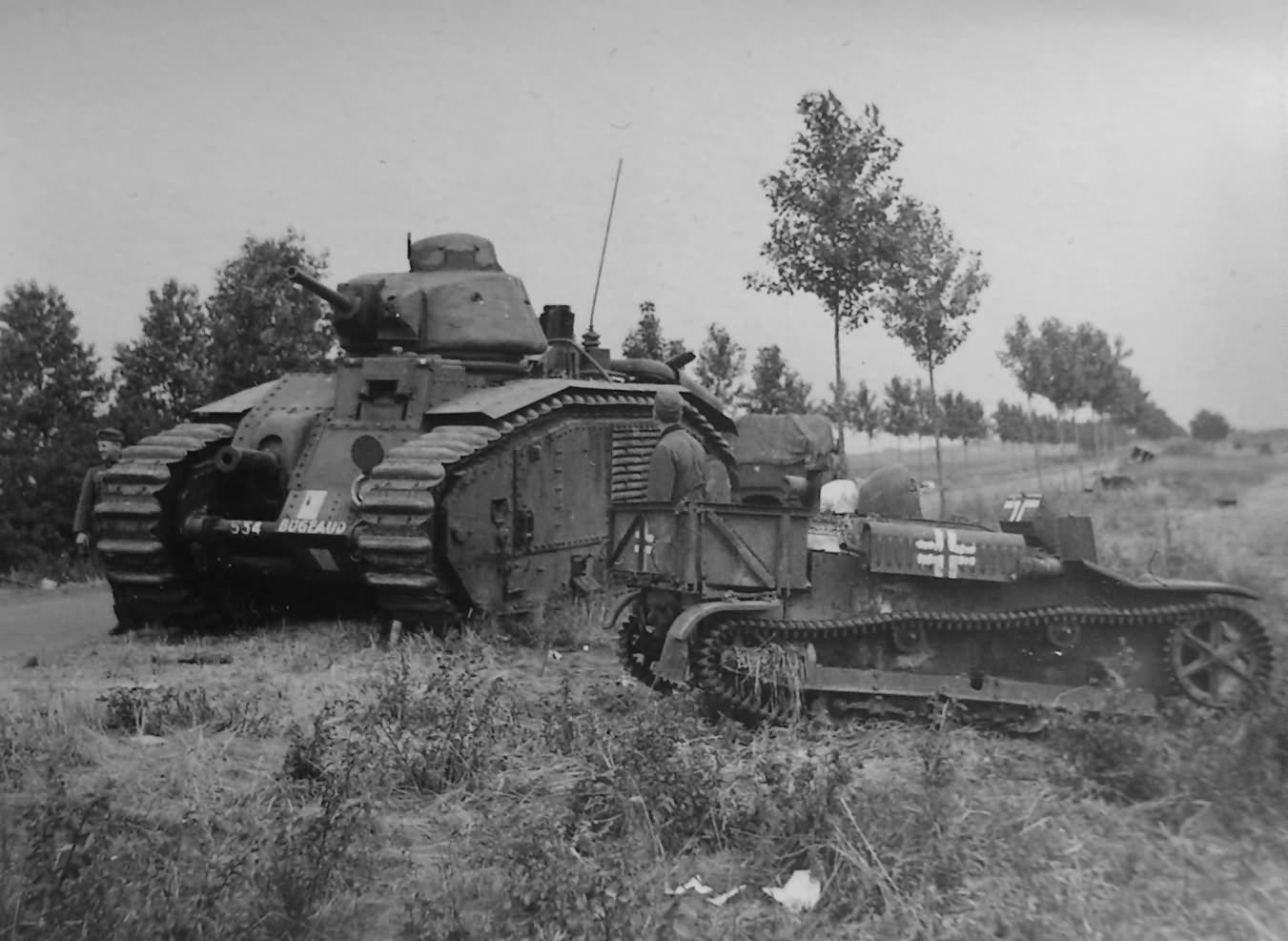
£225
contact me |
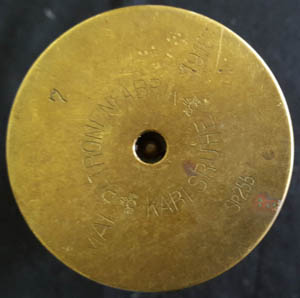
Click on the pictures to
enlarge

£375
contact me
|
German AV7 WWI 57 mm tank Shell (pg1 SAS )
Seen under the
German AV7 tank
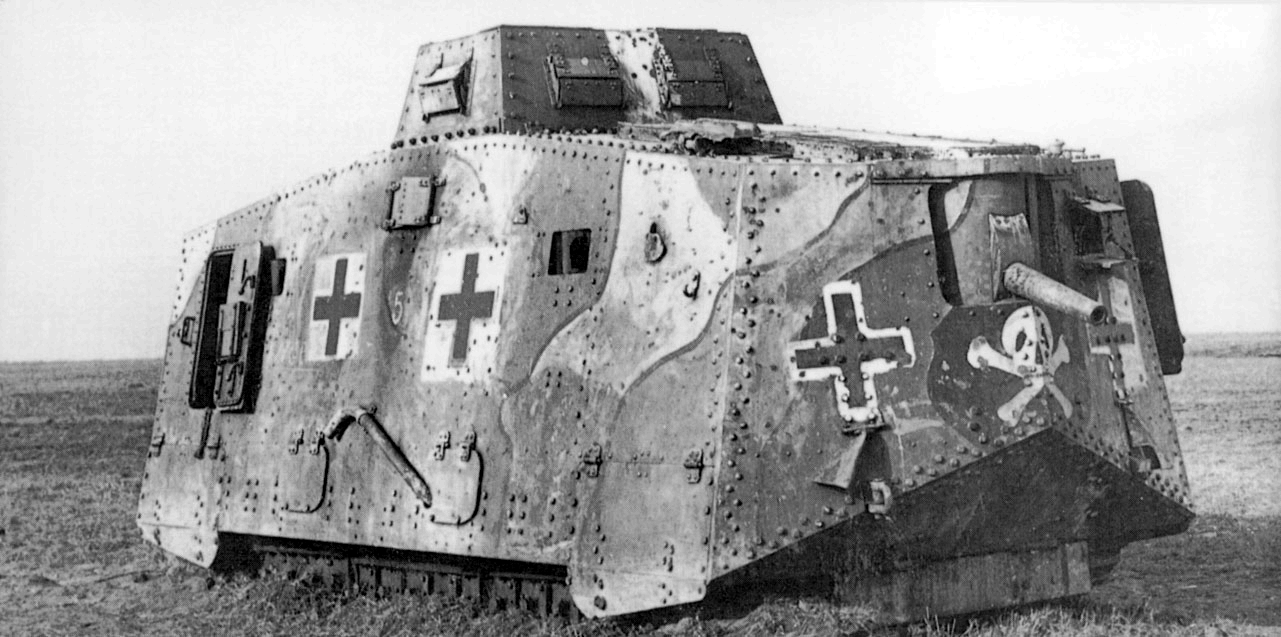
This is an
incredibly rare 57mm WWI German Tank shell. Only 20 of these
tanks were ever built. The AV7 tank mounted the only
57mm artillery piece used on the
Western front in WWI, this
shell was originally discovered in Belgium at a flea market
. The shell carries the makers flaming bomb mark of the
Imperial German maker
Patronenfabrik
Karlsruhe
seen under.
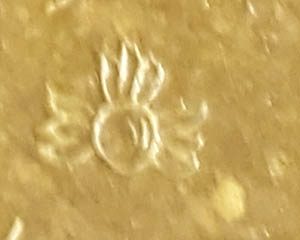
The
A7V was armed with six 7.92 mm MG08 machine
guns and a
5.7 cm Maxim-Nordenfelt cannon
mounted at the front. Some of these cannons
were of British manufacture and had been
captured in Belgium early in the war; others
were captured in Russia in 1918 and appear
to have included some Russian-made copies.
- Some A7Vs were
originally built with two forward-facing
machine guns instead of a
57 mm gun.
Most were converted to carry a
57 mm
before entering service. Number 501,
Gretchen, took part in the action at
St. Quentin before her 57 mm was fitted.
Following the appearance of the first
British tanks on the Western Front, in
September 1916, the German War Ministry
formed a committee, under the auspices of
its General War Department, Section 7,
Transportation to investigate tank
development.One hundred chassis were
ordered in early 1917, 10 to be finished as
fighting vehicles with armored bodies, and
the remainder as the cargo carriers. The
number to be armored was later increased to
20. They were
used in action from March to October 1918,
and were the only tanks produced by Germany
in World War I to be used in combat.
The project to design and build the first
German tank was placed under the direction
of Joseph Vollmer, one of Germany's foremost
automobile designers. It was to weigh around
30 tons, be capable of crossing ditches up
to 1.5 meters wide, have armament including
cannon at the front and rear as well as
several machine-guns, and reach a top speed
of at least 12 km/h. The running gear was
based on the Holt tractor copied from
examples loaned by the Austrian Army. After
initial plans were shared with the army in
December 1916, the design was extended to be
a universal chassis that could be used as a
base for both a tank and unarmored over-land
vehicle cargo carriers.
The first prototype was completed
at Berlin-Marienfelde and tested on 30 April
1917. A wooden mockup of a final version was
completed in May 1917 and demonstrated in
Mainz with 10 tons of ballast to simulate
the weight of the amour. During final
design, the rear-facing cannon was removed
and the number of machine-guns was increased
to six. The first pre-production A7V was
produced in September 1917, followed by the
first production model in October 1917. The
tanks were given to Assault Tank Units 1 and
2, founded on 20 September 1917, each with
five officers and 109 NCOs and soldiers
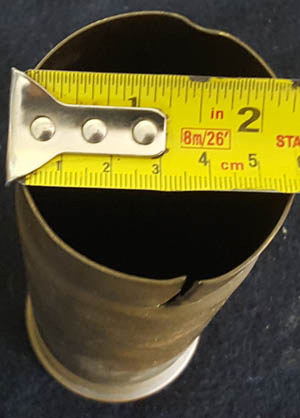
Click on the pictures to
enlarge
|
|
Click on the
pictures to enlarge

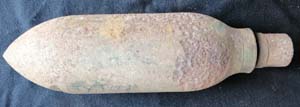
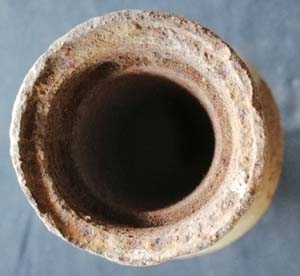
£800
contact me |
60Lb Typhoon Rocket (pg1 Arm)
This is superb piece a 60Lb Rocket as used by the Typhoon ,
Mosquito and Beaufighter, this was an absolutely devastating
weapon and used against ground targets.
The almost
indestructible Tiger tank feared this weapon.
A special gunsight with a
rocket firing modification was used to sight them. Still has
some of its original green paint. There is some surface
corrosion as can been seen in the pictures .
Below the
Awesome Hawker Typhoon with its pay load of Rockets.
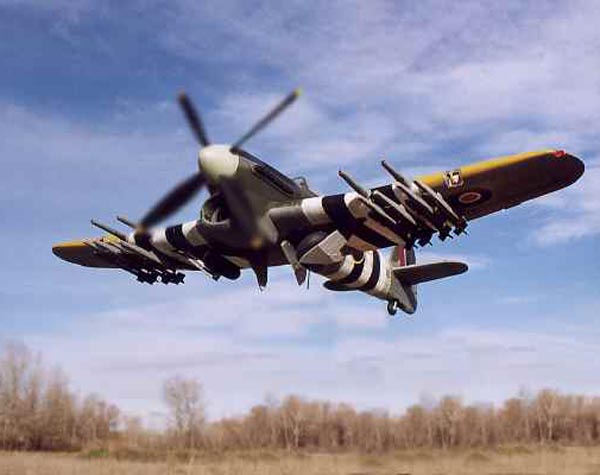
It is totally
inert and contains no explosive and can be legally owned
without any sort of license.
Overseas
buyers contact me for shipping quote
|
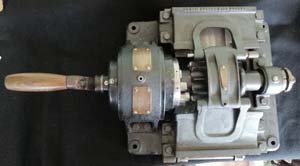
Click on the
pictures to enlarge
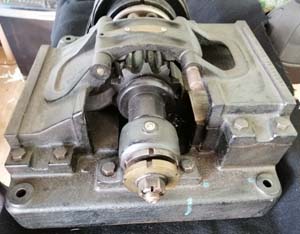
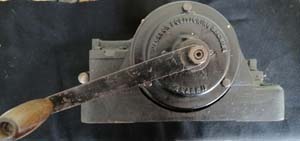
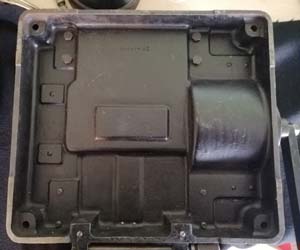
£2500
contact me |
Jackson bullet positioning machine (pg1 Arm)
This is an original
Jackson
bullet belt positioning
machine for Browning/Vickers machine guns
Dated
1943
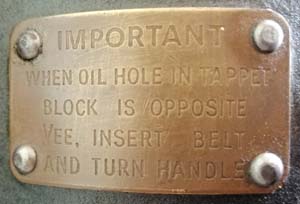
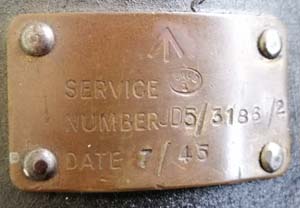
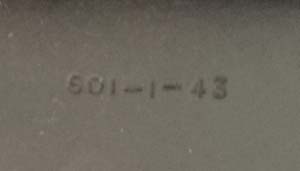
Click on the pictures to enlarge
This ultra-rare Jackson positioning
machine for 50 Calibre Browning/Vickers machine guns.
These machines were purchased by the RAF and used
throughout World War II and were a vital piece of equipment
to ensure smooth operations of the Browning machine guns.
Throughout World War RAF crews use the Vickers
machine guns or Browning 50 calibre machine guns and
depending on the application sometimes these belts would
require the insertion of Tracer rounds.
These Tracers would be inserted into the belt by
hand every 10th round but as a result they might be slightly
off which could result in jamming, proving disastrous
The Jackson positioning machine was used by feeding
belts through the positioning machine and ensured all the
rounds were positioned perfectly enabling smooth operation
of the Browning or Vickers machine-gun and minimizing any
chance of jamming.
The condition piece is in
exceptional condition and fully operational.
|
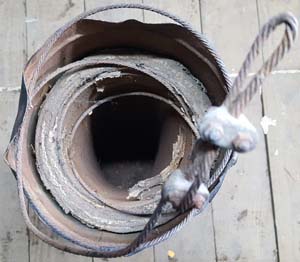
Click on the
pictures to enlarge them

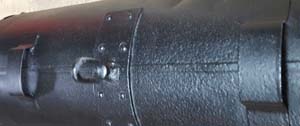
Seen below
the Werfer-Granate 21
rocket launcher
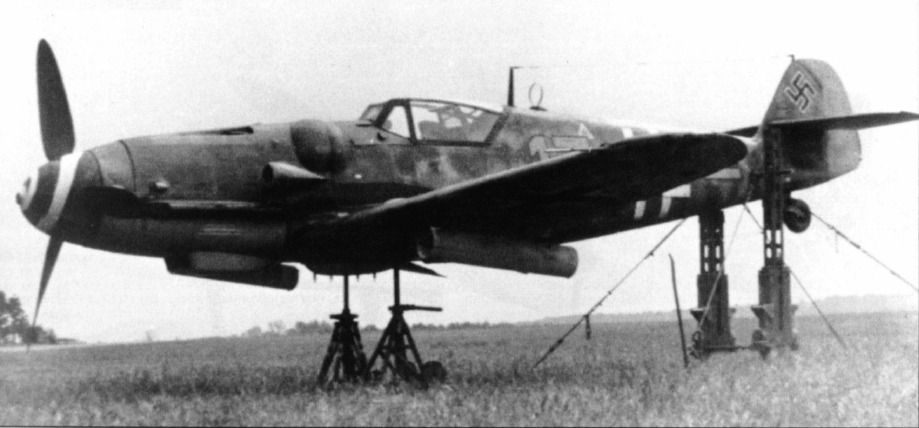
£1200
contact me |
WWII Luftwaffe Rocket fired anti Bomber cable (pg1 arm)
This is probably one of the
rarest parts on this sight.
Typical of the Germans
ingenuity in WWII.
To date this is one of
only two known surviving
examples.
Towards the end of the War
the Germans were desperate
to shoot down Allied bombers
but both materials and
experienced Pilots were very
short.
This simple weapon was both
cheap to produce easy to use
and relatively safe for the
attacking Pilot.
Fitted under the wings of
the BF109 and FW 190 and
probably other German
fighters it did not require
allot of accuracy or skill ,
as the Pilot approached the
bomber stream he simply
fired the rocket over the
top of the Bomber stream,
it took with it a steel
cable which was designed to
get caught up in the props
and control surfaces of the
aircraft disabling it and
bringing it down. The piece
shown still contains its
wire but not the rocket.
It
had a number of advantages ,
firstly it was cheap and
easy to produce, it did not
require a skilled Pilot to
aim it and could be fired at
a safe distance from the
defensive armaments of the
Bombers.
Surprisingly this method of
bringing down bombers was
used by the British as early
as 1940 when rockets fired
from the ground with a
cable attached to a
parachute brought down more
than one German Bomber. The
cable was fired up at a low
flying bomber where it
proceeded to drift down
attached to a parachute. It
could only target low flying
aircraft and so was of
limited use.
The Germans used a similar
anti bomber Rocket weapon
the
Werfer-Granate
21
rocket launcher,
also known as the
BR 21
(the "BR" standing for
Bordrakete)
in official Luftwaffe
manuals, a weapon used
by the German
Luftwaffe
during
World War II
and was the first on-board
rocket placed into service
by the Luftwaffe, first
introduced in mid 1943.
This weapon is almost
certainly an adaptation of
this air to air rocket.
However the huge tube made
the aircraft slower and less
manoeuvrable the tube
with the cable is smaller
and presumably created less
drag. Later in the war the
British used a more
efficient system.
The
projectile rocket launcher
was created to protect ships
from enemy planes, the
unrotated projectile was
fired from a ship, and, upon
reaching 1,000 feet in
elevation, it would explode
and disperse mines attached
to parachutes via 400 feet
of cable. The
general idea was to create
an aerial
minefield wherein enemy
planes would become ensnared
in the mess of cables.
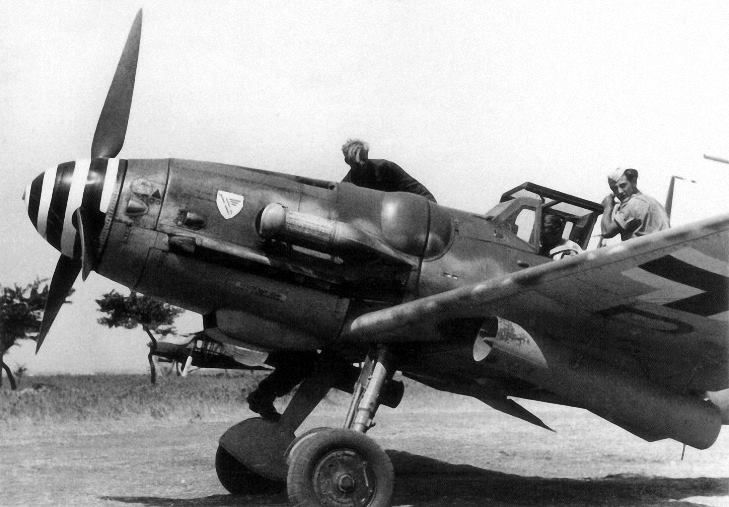
This is an amazing piece of
WWII history and a great
example of a late war German
innovation.
This piece is understandably
very heavy overseas buyers
please
contact me
for a shipping quote
|

Click on the
pictures to enlarge

|
Wartime dated .303 shell cases(pg1 Arm)
Finally we have now managed
to source some .303 wartime dated shell cases. These have
been difficult to find as its now a disused calibre. We have
dates from 1940 and if you want a specific date please ask
otherwise we will send a selection as they come to hand.
They will arrive in their original used condition and have
not been cleaned. All cases are fired and inert.
£25 for ten
contact me
|
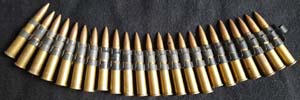
Click on the
pictures to enlarge
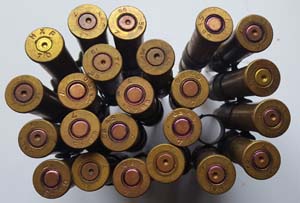
|
Bullet belt (pg1 Arm)
Here is a collection of
bullets all inert with heads and links.
£175
contact me
|
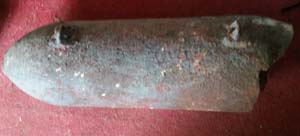
Please Click on
the Pictures to Enlarge
|
250lb General
Purpose Bomb Shell (page 4 relics 15)
Here we have the Outer Shell from a
250lb General Purpose Bomb
Although we do not Know the
Exact History of this piece, But we do know that it was
recovered from the Ardennes in France.
£175
contact me |
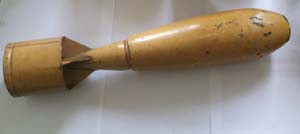
Click on the
picture's to enlarge them.
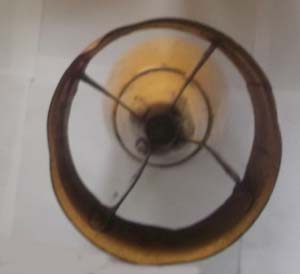
Click on the
pictures to enlarge them. |
25 Lb Fighter Bomber Bomb (pg2 arm)
This is an original 25Lb Bomb of coarse its totally
inert and is only the casing.
This type or ordnance was
generally used by Fighter Bombers including the Hawker
Typhoon and even specially equipped Spitfires and
Hurricanes.
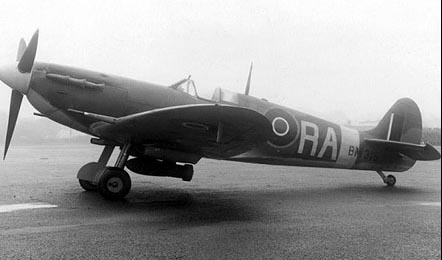
£399
contact me |
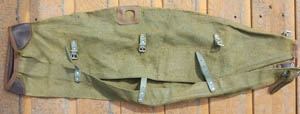
Click on the
pictures to enlarge them.

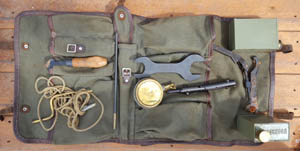
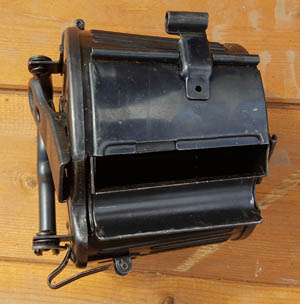
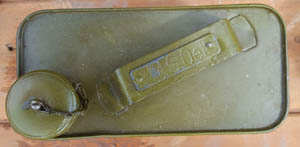
Click on the
pictures to enlarge them.
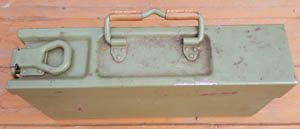
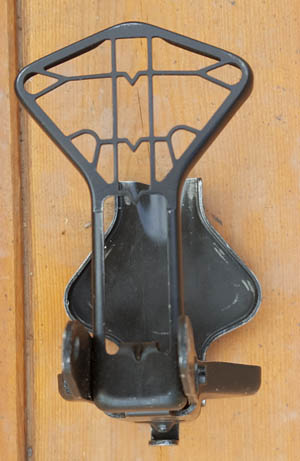
 |
MG 53 Machine
gun with full accessory pack
Here is a superb MG 53 you
will not find a better example and comes complete with
everything you see. It literally has everything including
its standard ground mount ,AA mount, sighting scope tool
kit, AA sights, spares barrel case etc. Please click on the
pictures to enlarge them. Deactivated to full UK spec.
In Yugoslavia this
MG 42 variant was built at the state-owned Zavodi
Crvena Zastava company
as the M53
machine gun using
original German machinery,
retaining the 7.92×57mm Mauser chambering.
By doing so, the Yugoslavs retained the
original weapon's design features, making the M53 a near
exact copy of the German MG 42.
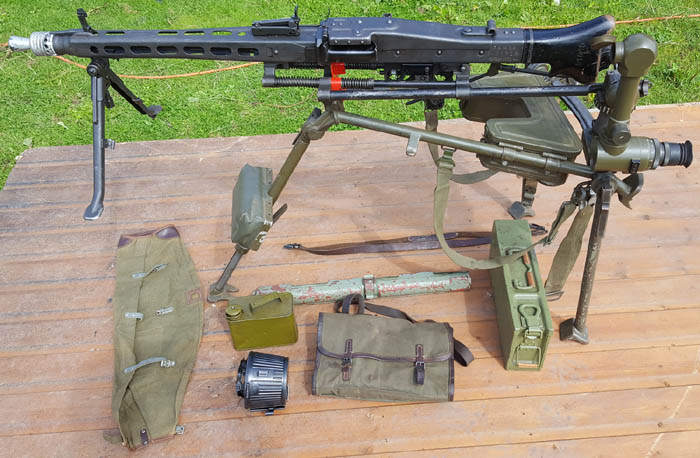 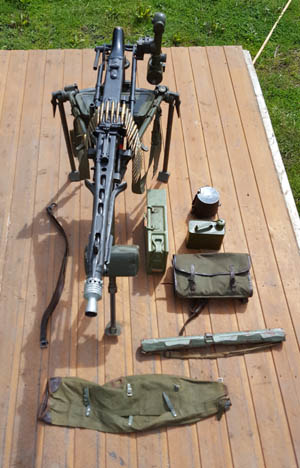
Click on the
pictures to enlarge them.
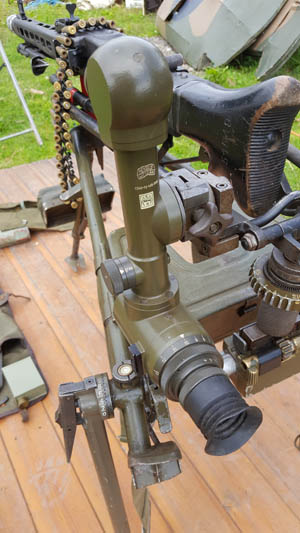 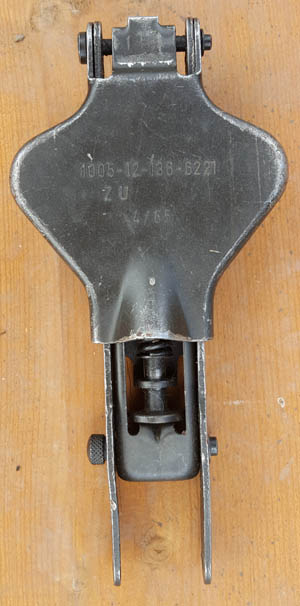 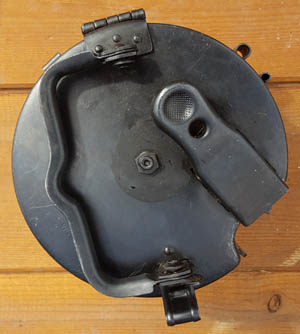 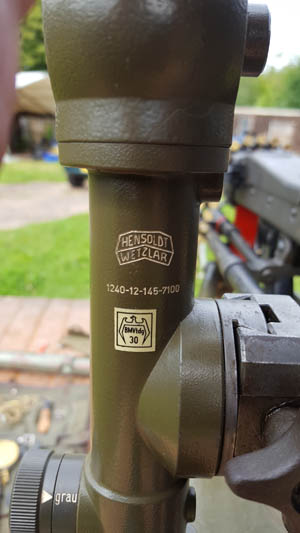
Click on the
pictures to enlarge them.
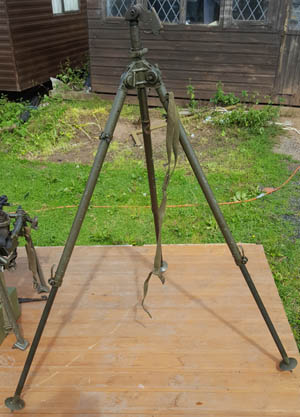 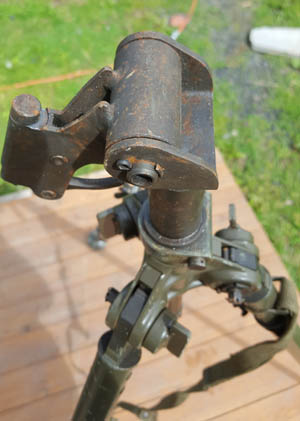 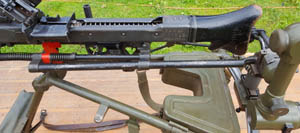 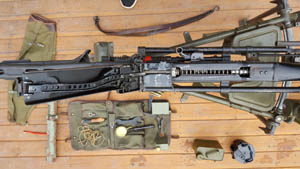
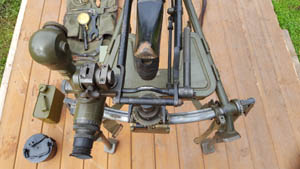 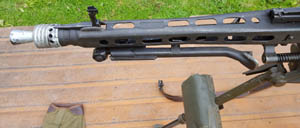  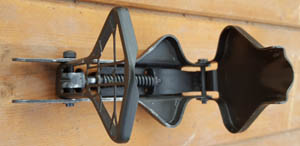
Price
£2200
contact me |
|
|
|
|
|
|
|
|
|
|
|
|
|
|
|
|
|
|
|
|
|
|
|
|
|
|
|
|
|
|
|
|
|
|
|
|
|
|
|
|
|
|
|
|
|
|
|
|
|
|
|
|
|
|
|
|
|
|
|
|
|
|
|
|
|
|
|
|
|
|
|
|
|
|
|
|
|
|
|
|
|
|
|
|
|
|
|
|
|
|
|
|
|
|
|
|
|
|
|
|
|
|
|
|
|
|
|
|
|
|
|
|
|
|
|
|
|
|
|
|
|
|
|
|
|
|
|
|
|

















































































































